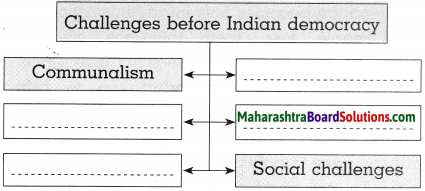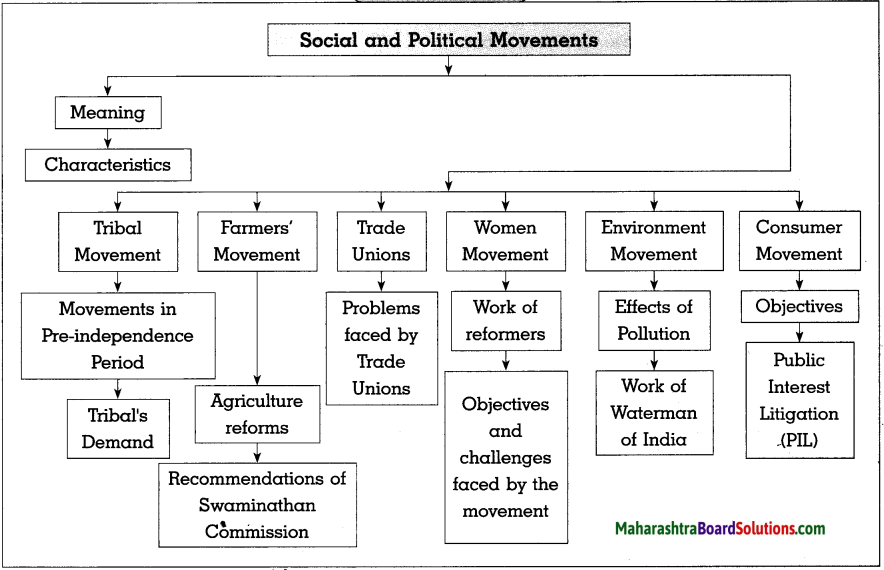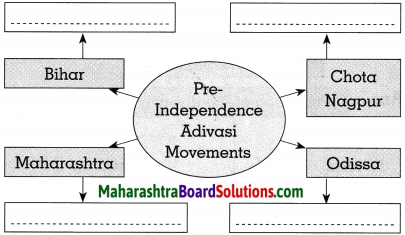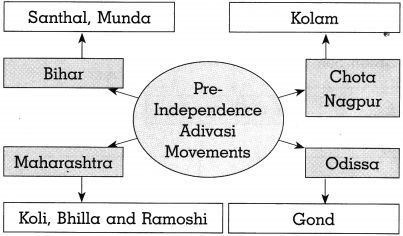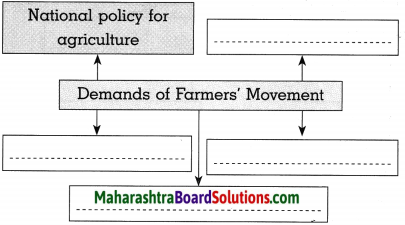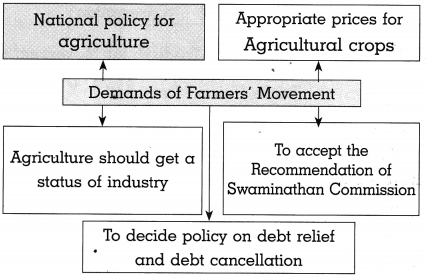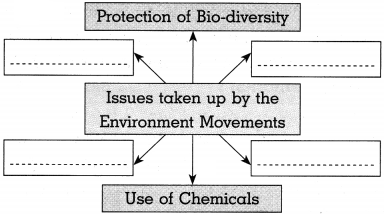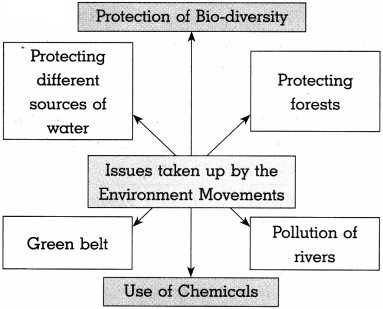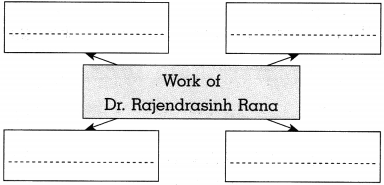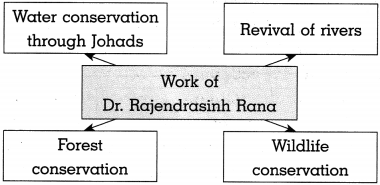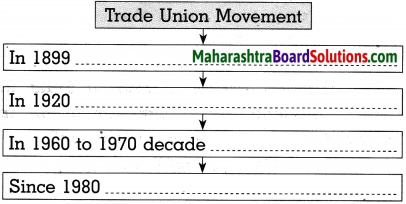Balbharti Maharashtra State Board Class 9 Geography Solutions Chapter 9 Trade Notes, Textbook Exercise Important Questions and Answers.
Maharashtra State Board Class 9 Geography Solutions Chapter 9 Trade
Class 9 Geography Chapter 9 Trade Textbook Questions and Answers
1. Classify the trade taking place between the following regions:
(1) Maharashtra and Punjab
(2) India and Japan
(3) Lasalgaon and Pune
(4) China and Canada
(5) India and European Union
Answer:
(1) Internal trade
(2) International trade
(3) Internal trade
(4) International trade
(5) International trade
![]()
2. Write the correct word- Import or Export for the following :
(1) India buys crude oil from the Middle-East Asian countries.
(2) Wheat is sent to Asian countries from Canada.
(3) Japan sends machine parts to APEC countries.
Answer:
(1) Import
(2) Export
(3) Export
3. Correct and rewrite the wrong statements:
(A) India is a self-sufficient country.
Answer:
India is not a self-sufficient country as it depends on other countries for crude oil, machinery, etc.
(B) The place where there is excess production does not have demand for those products.
Answer:
The place where there is excess production more creates ‘supply’ for those products.
(C) International trade processes are easier than local trade.
Answer:
International trade processes are relatively more difficult than local trade.
4. Identify and write the type of trade:
(A) Srushti brought sugar from the grocery shop.
Answer:
Retail Trade.
(B) The traders from Surat bought cotton from the farmers of Maharashtra.
Answer:
Wholesale Trade.
(C) Sameer has exported pomegranates from his farms to Australia.
Answer:
International Trade.
(D) Sadabhau bought 10 sacks of wheat and 5 sacks of rice from Market Yard for selling in his own shop.
Answer:
Wholesale Trade.
5. Write answers in short:
(A) Create a flowchart showing the types of trade
Answer:
Trade refers to buying and selling for fulfilling each other’s needs.
Trade is divided into two categories:
- On the basis of the quantity of goods.
- On the basis of the extent of trade region.
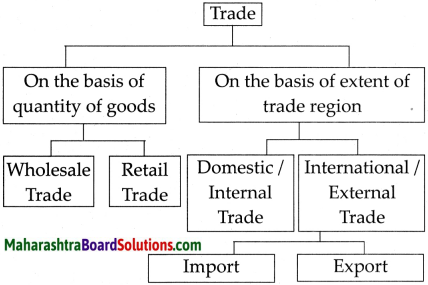
(B) Explain the difference in types of balances of trade.
Answer:
The difference between the import and export values of a country in a specific period is called balance of trade.
The different types of balance of trade are:
- Unfavourable Balance of Trade: When the value of imports is more than the value of exports, it is called ‘Unfavourable Balance of Trade.’
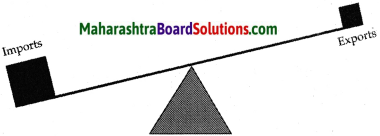
- Favourable Balance of Trade: When the value of exports is more than the value of imports, it is called ‘Favourable Balance of Trade.’

- Balanced Balance of Trade: When the value of exports and imports is almost the same, it is called ‘Balanced Balance of Trade.’
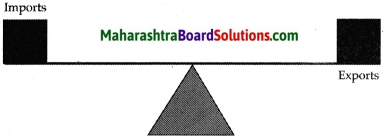
(C) State the objectives of WTO.
Answer:
WTO stands for World Trade Organisation. The main objectives of WTO are:
- To provide platform for negotiations in international trade.
- To handle the differences related to trade.
- To monitor the trade policies of member states.
- To provide a technological assistance and training to developing countries.
(D) What is the difference between the OPEC and APEC in terms of their functions?
Answer:
| OPEC | APEC |
| (i) OPEC stands for Organisation of Petroleum Exporting Countries. | APEC stands for Asia-Pacific Economic Cooperation (APEC). |
| (ii) OPEC is the organisation of oil-producing and exporting countries. | APEC is the regional organisation of the countries in the Asia Pacific region. |
| (iii) It keeps control over the international trade of crude oil. | It promotes free trade and economic cooperation among the member countries. |
| (iv) It keeps control on the rates of crude oil production among member states. | It promotes regional and technical cooperation among members. |
(E) Write the functions of the important trade organisations in Asia.
Answer:
Important trade organisations in Asia are:
Association of South East Asian Nations (ASEAN)
- To expand social and cultural harmony along with economic growth in South East Asia.
- To promote regional peace.
- To promote tax waivers for trade growth in member states.
Asia Pacific Economic Co-operation (APEC)
- To promote free trade and economic co¬operation in the Asia-Pacific Ocean region.
- To promote regional and technical co-operation among members.
(F) What is the importance of marketing from farmers ‘point of view’?
Answer:
Marketing involves price of a commodity, its sales promotion, its advertising and its proper distribution.
- In the traditional marketing system, the farmers used to sell their products in the local market at whatever price available. This is because the fruits and vegetables are perishable, so the farmers used to incur losses,
- However, the modem farmers have acquired skills in marketing. They are aware of the trends in the market.
- They produce food grains and fruits as per the international standards.
- They undertake grading and packaging of their products. The presentation of any product has become indispensable now.

- They advertise the quality of their product and keep the same for sale, along with samples, in the mall.
- These commercial-minded farmers contact the supermarkets and exporters through the internet.
- As a result, their products are sold at a higher price in the malls. They also fetch a good price from exports.
- Thus marketing is as important as the cultivation of crops. By following modem marketing techniques, the income of the farmers can increase and that can improve their standard of living.
6. In the following table, export-import of some countries in the year 2014-15 is given in million U.S. dollars. Make a compound bar graph of the given statistical information. Read the bar diagram carefully and comment upon the balance of payments of the respective countries.
| Country | Export | Import |
| China | 2143 | 1960 |
| India | 272 | 380 |
| Brazil | 190 | 241 |
| USA | 1510 | 2380 |
Answer:

- China has a balance of trade.
- India, USA and Brazil have an unfavourable balance of trade.
- The volume of international trade of China and the USA is maximum.
- International trade of India and Brazil is insignificant.
- International trade is dominated by China and the USA.
Class 9 Geography Chapter 9 Trade Intext Questions and Answers
Make friends with maps!
Find out the names of the member-states of the following organisation with the help of internet. Show these member nations on the outline map given in the figure using different colour for each organisation.
(1) OPEC member – countries
(2) SAARC member – countries
Answer:
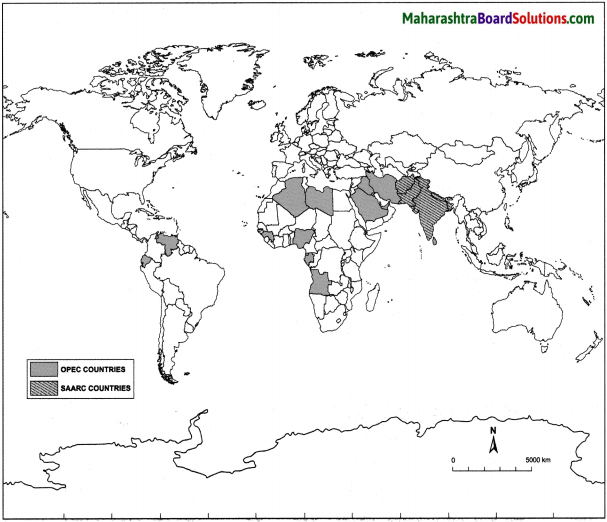
(1) OPEC member- countries
Republic of Iran, Iraq, Kuwait, Saudi Arabia, Venezuela, Qatar, Libya, The United Arab Emirates, Algeria, Nigeria, Ecuador, Gabon, Angola, Equatorial Guinea (2017).
(2) SAARC countries
Afghanistan, Bangladesh, Bhutan, India, Nepal, Maldives, Pakistan, Sri Lanka.
![]()
Can you tell?
With a lot of hard work Dhondiba used to grow best varieties of vegetables and other agricultural commodities. But his products could not fetch a good price. His college-going son, saw this situation and he first packed the commodities nicely after cleaning them neatly. Then he contacted the supermarket in the town. Looking at the quality of his product, they advertised the farm product and kept it for sale in the mall. Today, Dhondiba’s commodities are being sold for higher prices than before.
Question 1.
Why did Dhondiba’s commodities start getting higher prices?
Answer:
For any commodity to be accepted in the market and fetch a better price, it should have an appropriate presentation. The price of the commodity is determined by its quality, its grading and how it is presented before the customer. Dhondiba’s son who was educated, realized this and took the necessary actions in time which helped Dhondiba to fetch better price.
Question 2.
What did Dhondiba’s son do for that?
Answer:
Dhondiba’s college-going son realised that the agricultural commodities sold by his father lacked proper presentation and marketing. So he adopted modem marketing practices like cleaned the commodities well and packed them nicely. He then got in touch with the supermarket in the town. The supermarket was impressed with the quality of Dhondiba’s products, they advertised the farm product and kept it for sale in the mall. Dhondiba’s commodities were in great demand and sold at higher prices than before.
Question 3.
What measures would you suggest to the farmers near you so that then commodities can fetch a good price?
Answer:
Some of the measures that we can suggest to the farmers so that then commodities can fetch a better price are:
- Clean their vegetables, fruits well.
- Grade the commodities.
- Pack them nicely.
- Advertise their farm products.
- Sell it in the market.
Give it a try.
Obtain information regarding the bilateral trade between India and Japan for any financial year and the value of the export and import of major goods. Write two paragraphs on it.
Answer:
India’s Trade with Japan (April 2016-Jan 2017)
| Exports | ₹ 20,000 Cr |
| Imports | ₹ 55,000 Cr |
| Trade Balance | ₹ 35,000 Cr |
This shows that India has an Unfavourable Balance of Trade with Japan, in which the value of Imports is more than the value of Exports.
![]()
India’s major exports to Japan
Petroleum products, Iron ore, Fish Meat (including lobsters, crabs, shrimps etc) Motor parts, Insecticides, Fungicides, Turbo-jets, Gas turbines etc.
India’s major imports from Japan
Iron and Steel Products, Transport Equipments, Plastic, Machinery items like Drilling Platforms, Floating Cranes, Printing machinery etc.
Think about it.
Question 1.
What will happen if there is only one currency used in the whole world?
Answer:
The European Union is an example, which has one common currency ‘Euro’.
Advantages of having one common currency. If the whole world has one common currency, international trade will become much easier and move will increase international trade also. Disadvantages of having one common currency.
If all the countries adopt one common currency, there will be one uniform policy. No country will be able to have their own monetary and fiscal policy.
Find out.
You get products from other places. Similarly, find out where the special products/items made in your village/city are sent?
Answer:
I live in Mumbai.
Special products exported from Mumbai and where they are sent:
Cotton textiles – China, USA
Commercial vehicles – Mexico, South Africa
Try this.
(I) Obtain the following information.
Question 1.
Make a list of commodities which you use daily.
Answer:
Toothpaste, powder, tea, hair oil, biscuits, food grains.
Question 2.
Who uses these commodities?
Answer:
We as consumers use these commodities.
Question 3.
Write the sources of supplies of these commodities.
Answer:
Producers are the source of supplies.
Question 4.
From where do you buy these commodities?
Answer:
Retail Shop.
Question 5.
What do you call the act of buying and selling?
Answer:
Trade.
![]()
Question 6.
What does the shopkeeper take in lieu of the commodity?
Answer:
The shopkeeper takes money (currency) in lieu of the commodity.
(II) A list of few goods you regularly use at home, is given here. Write the names of the product, the producer company’s name and the source of information in front of it.
| Goods that Name of the you use | Name of the company | Source of information |
| Colgate Toothpaste | Palmolive | T.V. advertisement |
| Coffee Nescafe | Nestle | T.V. advertisement |
| Bathing Soap Lux | Unilever | T.V. advertisement |
| Hair Oil Parachute | Marica India | T.V. advertisement |
| Biscuits Parle G | Parle Products | T.V. advertisement |
Choice may vary from consumer to consumer.
(F) Use your brain power! (Textbook Page no. 70) Suppose you are a trader and you want to sell your product in other states of the country and also in other parts of the world
Question 1.
Which of these is an easier way of doing trade?
Answer:
To sell the product in other states of the country, domestic or internal trade is easier. To sell the product in other parts of the world, international trade, i.e. export trade is done
Question 2.
Which trade can bring some limitations?
Answer:
International trade.
Question 3.
Look for reasons behind them
Answer:
Factors like economy of the country, government policis, markets, laws, judicial system, currency, language and political relation between the two trading countries can bring limitations in international trade.
Class 9 Geography Chapter 9 Trade Additional Important Questions and Answers
Complete the statements choosing a colored option from the bracket:
Question 1.
…………………. refers to buying and selling goods and services to fulfill each other’s needs.
(a) Trade
(b) Business
(c) Labelling
(d) Branding
Answer:
(a) Trade
![]()
Question 2.
When there is buying and selling of goods it is called ………………….. trade.
(a) invisible
(b) visible
(c) impossible
(d) possible
Answer:
(b) visible
Question 3.
Buying and selling in large quantities is called ………………….. trade.
(a) wholesale
(b) retail
(c) invisible
(d) none of these
Answer:
(a) wholesale
Question 4.
………………….. trade refers to buying and selling in small quantities.
(a) Invisible
(b) Retail
(c) Wholesale
(d) None of these
Answer:
(b) Retail
Question 5.
………………….. trade means buying goods and services from another country
(a) Export
(b) Retail
(c) Wholesale
(d) Import
Answer:
(d) Import
![]()
Question 6.
When the value of imports is more than the value of exports it is called ………………….. balance of trade.
(a) favourable
(b) unfavorable
(c) balanced
(d) possible
Answer:
(b) unfavorable
Question 7.
………………….. was formed to control the international trade of crude oil.
(a) OPEC
(b) APEC
(c) ASEAN
(d) WTO
Answer:
(a) OPEC
Question 8.
BRICS stands for …………………. .
(a) Brazil, Russia, Indonesia, China and Sudan
(b) Belgium, Rome, India, China and South Africa
(c) Brazil, Russia, India, China and South Africa
Answer:
(b) Brazil, Russia, India, China and South Africa
Question 9.
………………….. was formed to establish an integrated market2 in member nations in Europe.
(a) EU
(b) ASEAN
(c) BRICS
(d) OPEC
Answer:
(a) EU
Question 10.
………………….. trade means the exchange of goods and services of one country with other countries.
(a) Retail
(b) Wholesale
(c) International
(d) None of these
Answer:
(c) International
Match the following:
Question 1.
| Column ‘A’ | Column ‘B’ |
| (1) WTO | (a) Brazil, Russia, India, China and South Africa. |
| (2) BRICS | (b) World Trade Organisation. |
| (3) Favourable balance of trade | (c) Value of exports is more than value of imports. |
Answer:
(1 – b),
(2 – a),
(3 – c)
![]()
Question 2.
| International organisations | Headquarters |
| (1) EU (2) WTO (3) SAARC | (a) Kathmandu (Nepal) (b) Jakarta (Indonesia) (c) Geneva (Switzerland) (d) Brussels (Belgium) |
Answer:
(1 – d),
(2 – c),
(3 – a)
Question 3.
| Column ‘A’ | Column ‘B’ |
| (1) OPEC | (a) Expanding social and cultural harmony in South East Asia. |
| (2) APEC | (b) Controlling international trade of crude oil. |
| (3) ASEAN | (c) Free trade in Asia- Pacific Ocean region. |
| (d) When value of imports is more than the value of exports. |
Answer:
(1 – b),
(2 – c),
(3 -a)
Write answers in one sentence each:
Question 1.
What do you mean by trade?
Answer:
Trade refers to buying and selling of goods and services to fulfil each other’s needs.
Question 2.
What is visible trade3?
Answer:
When there is buying and selling of goods it is known as visible trade.
![]()
Question 3.
What is invisible trade4?
Answer:
When there is exchange of services, it is known as invisible trade.
Question 4.
Who conducts wholesale trade?
Answer:
Wholesale trade is conducted by wholesalers.
Question 5.
What do you mean by domestic trade?
Answer:
Domestic or internal trade is the trade that takes place within the geographical boundaries of one country. For eg. Trade between Maharashtra and Gujarat.
Question 6.
What is international trade?
Answer:
International trade means buying and selling of goods and services between two or more countries. For example, trade between USA and India.
Question 7.
What do you mean by import trade?
Answer:
Import trade means buying goods and services from another country. For eg. India imports crude oil from Kuwait.
Question 8.
What is export trade?
Answer:
When country sells its goods and services to another country, it is called export trade. For eg. India exports rice to USA.
![]()
Question 9.
What is balance of trade?
Answer:
The difference between the import and export values of a country in a specific period is called balance of trade.
Question 10.
What do you mean by unfavourable balance of trade?
Answer:
When the value of imports is more than the value of exports it is called unfavourable balance of trade.
Question 11.
What is favourable balance of trade?
Answer:
When the value of exports is more than the value of imports it is called favourable balance of trade.
Question 12.
What is balanced balance of trade?
Answer:
When the value of exports and imports is almost same, it is called balanced balance of trade.
Question 13.
What is WTO?
Answer:
WTO stands for World Trade Organisation.
Question 14.
What does EU stand for?
Answer:
EU stands for European Union which comprises of 28 European countries.
Question 15.
What does OPEC stand for?
Answer:
OPEC stands for Organisation of Petroleum Exporting Countries.
Question 16.
Give extended form of.
(i) SAARC
(ii) ASEAN
(iii) APEC
(iv) BRICS
Answer:
(i) SAARC – South Asian Association for Regional Co-operation.
(ii) ASEAN – Association of South-East Asian Nations.
(iii) APEC – Asia-Pacific Economic Co-operation.
(iv) BRICS – Brazil, Russia, India, China and South Africa.
![]()
Some economic organisations of the world

Give Reason
Question 1.
Some international economic organisations were set up
Answer:
Some international economic organisations were set up:
- To smoothen the process of trade between countries of different economic status.
- To facilitate the growth of international trade.
Question 2.
The Consumer Protection Act been enacted
Answer:
- The Consumer Protection Act has been enacted to protect the consumers from fraudulent traders supplying sub-standard products.
- Many advertisements make exaggerated statements to cheat the consumers and these advertisements use incorrect information.
- The Consumer Protection Act empowers consumers with their rights and duties. Consumers have right to complain and seek redressal.
Explain the following:
Question 1.
What do you mean by wholesale trade?
Answer:
- In wholesale trade, the traders buy goods on a large scale from industrialists, farmers, etc. For eg. the orchard owners of mangoes or oranges sell their entire production to wholesale traders.
- The wholesalers in turn sell these commodities to the retail traders.
![]()
Question 2.
What is retail trade?
Answer:
- The process of buying in small quantities from wholesalers and selling in small quantities to the consumers is called retail trade.
- For eg. the shopkeepers selling food grains, vegetable vendors in markets.
Question 3.
What is marketing?
Answer:
- An invisible flow develops when a product goes from producer1 to consumer.
- The commercial functions involved in this flow are collectively called marketing.
Answer in brief :
Question 1.
Explain the importance of trade.
Answer:
The importance of trade are:
- Trade is an important economic activity.
- The economic life of people is dependent on each other.
- No region or country is self-sufficient.
- Trade between two regions is necessary to fulfill the needs of the people.
- As each region has different geographical conditions, each region produces specific commodities.
Question 2.
What is barter trade?
Answer:
- In ancient and medieval periods, trade was done through barter system.
- Barter trade means exchange of commodities for commodities without using money, is a medium.
- For eg. grains in exchange of work done or salt exchanged for oil.
- But it created the problem of estimating the price of a commodity correctly. As a result, currency started being used.
Question 3.
Mention the functions of the European Union.
Answer:
The main functions of the European Union are:
- Establishing an integrated market in member nations amongst Europe.
- Free flow of goods, services and capital in Europe.
- Custom duties have been cancelled on exchange of goods within members.
- Common ‘Euro’ currency for the member countries.
![]()
Question 4.
Which factors influence trade?
Answer:
The factors which influence trade are:
- Factors like the economy of the country, government policies, markets, laws, judicial systems, currency, language, etc. influence trade.
- Political relations between two countries also influence trade between them.
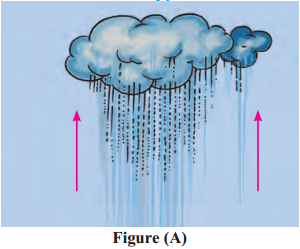
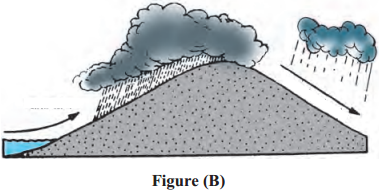
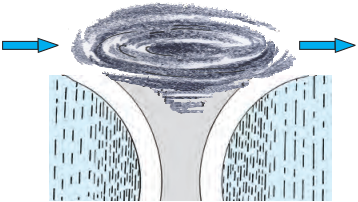
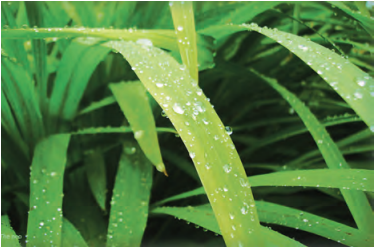
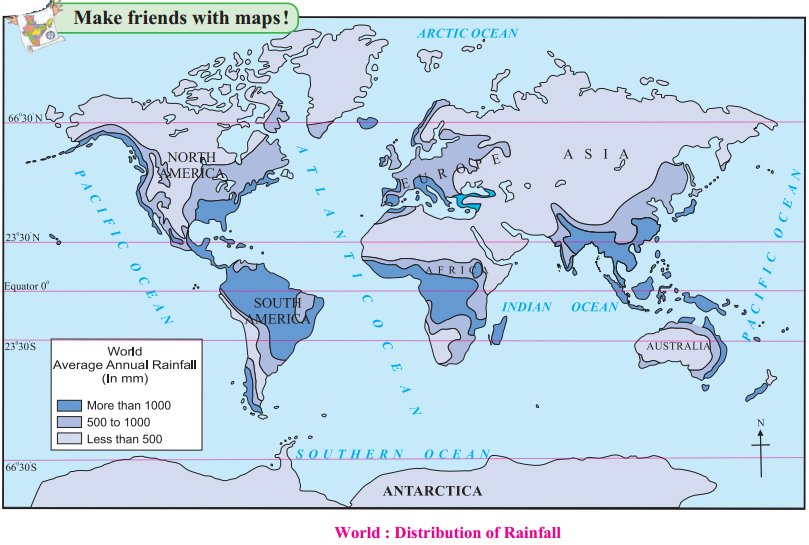
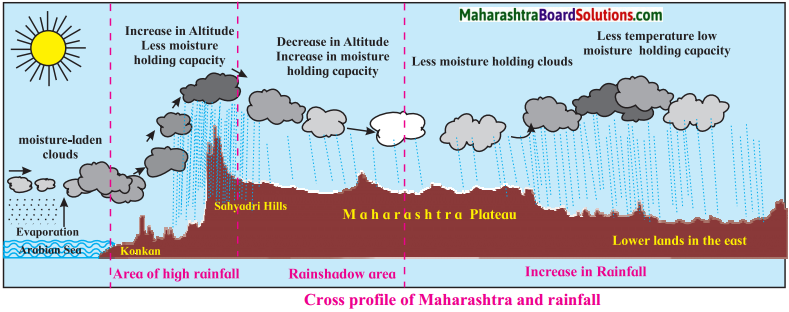

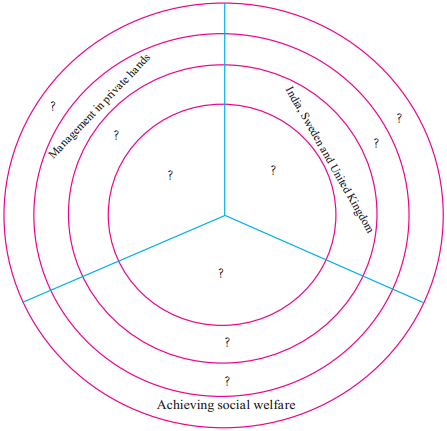

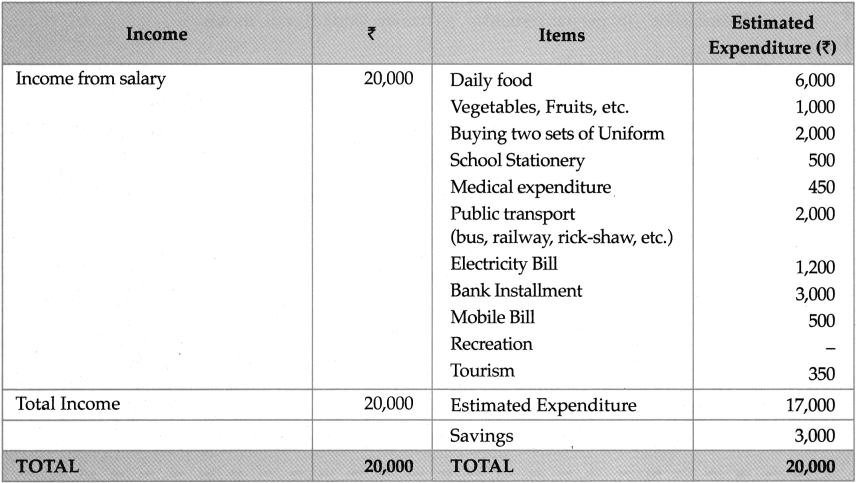

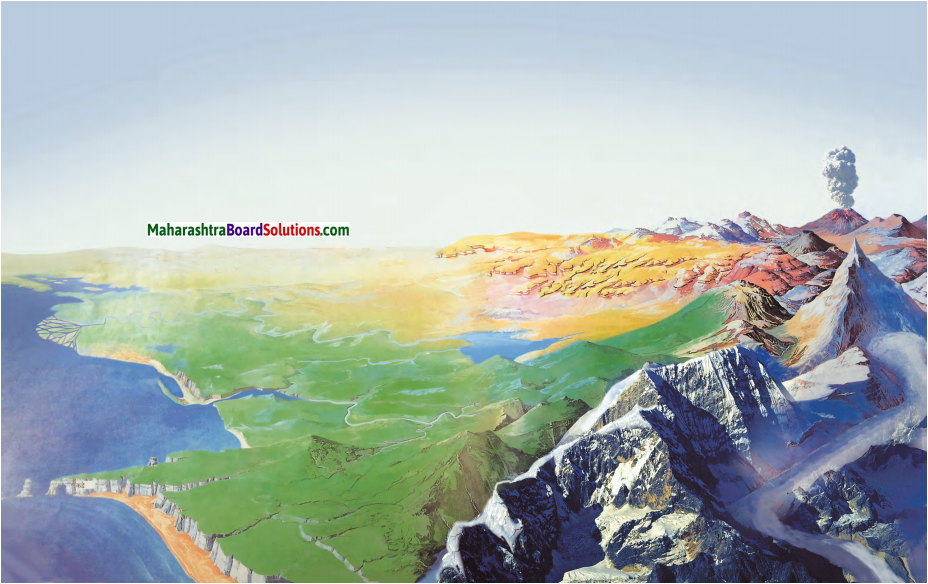
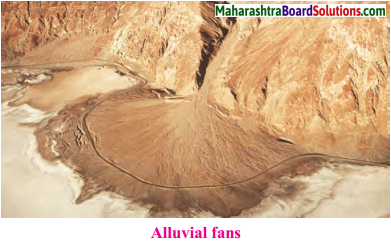
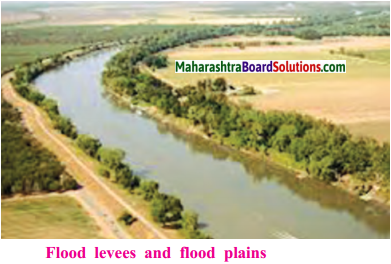
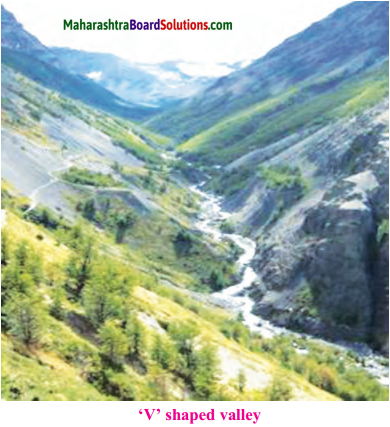
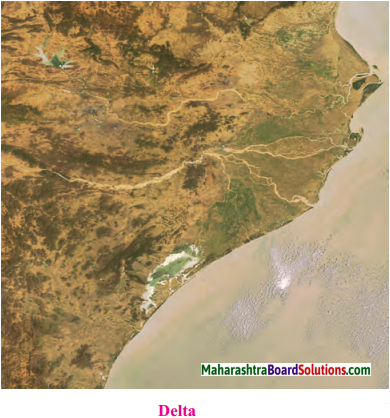
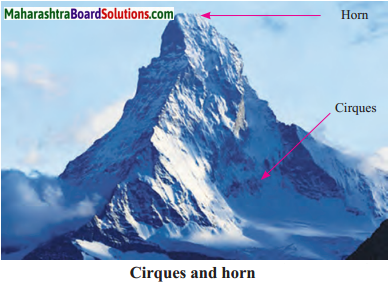
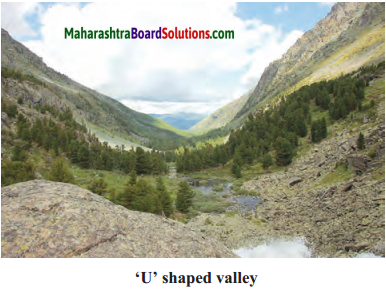
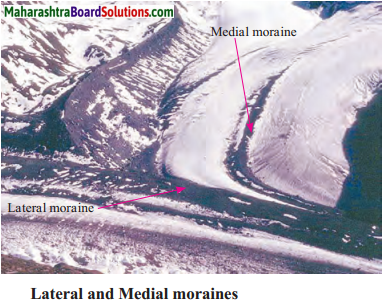

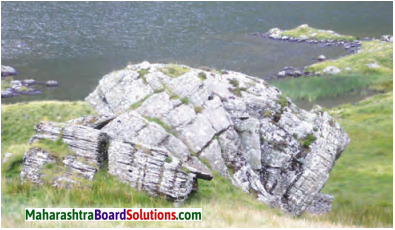

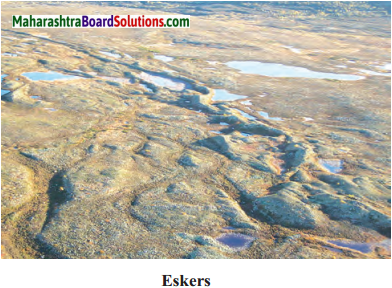

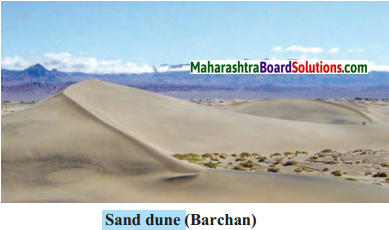


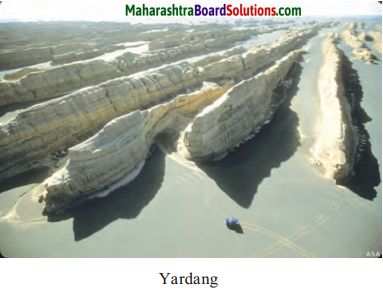
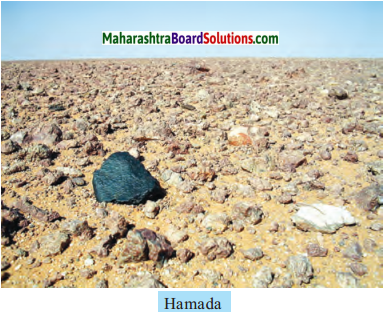
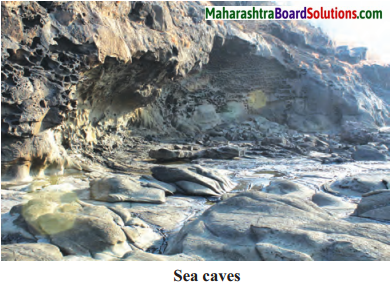
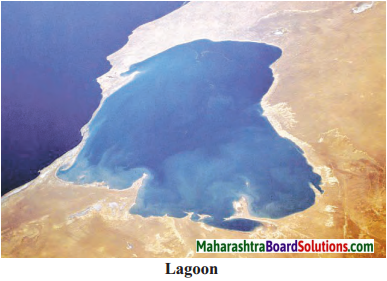
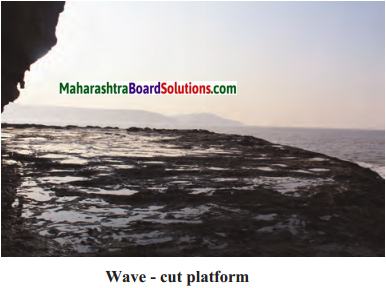
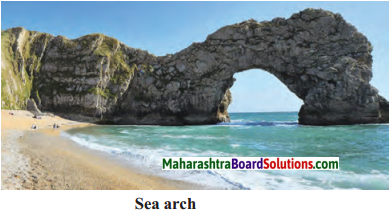
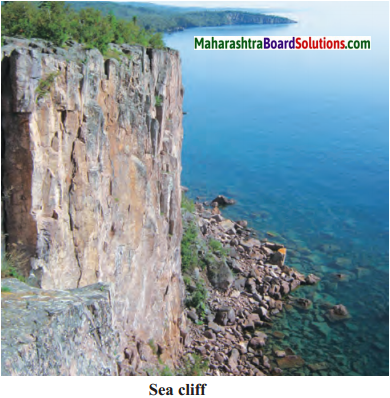
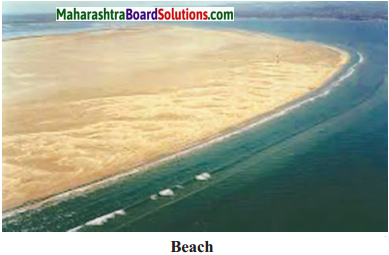
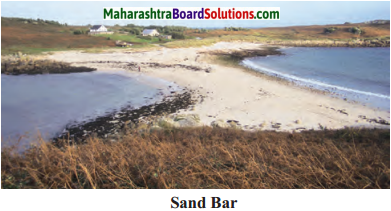

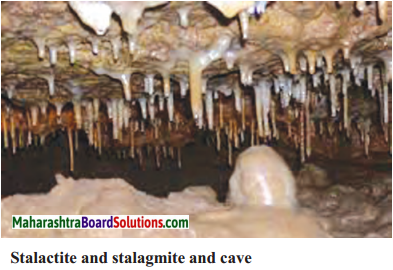
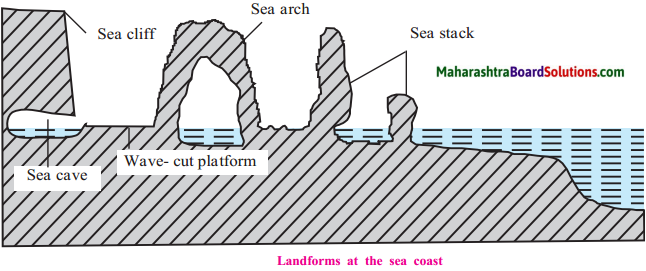
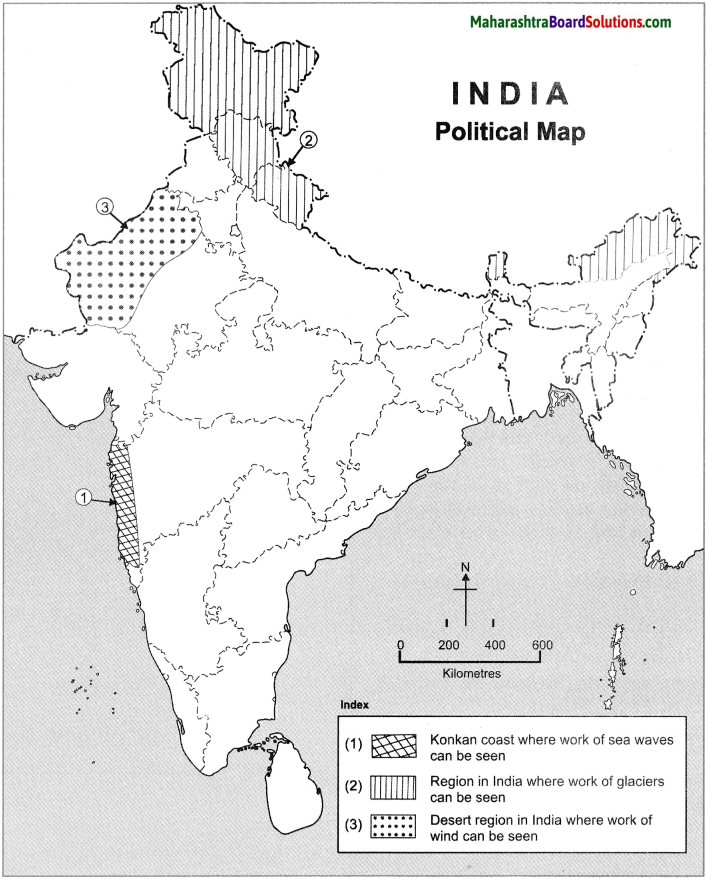
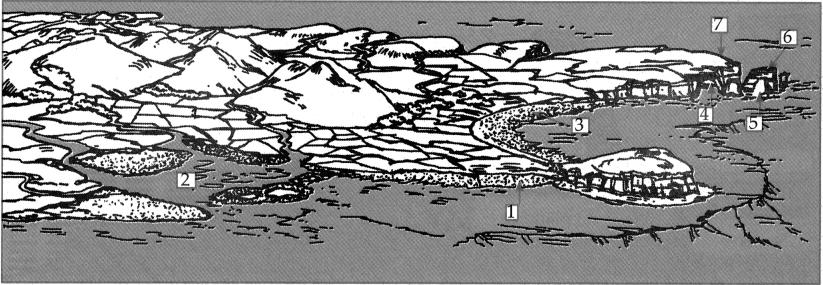
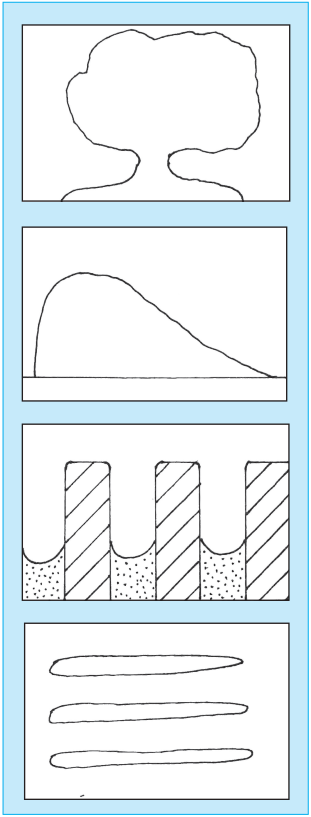
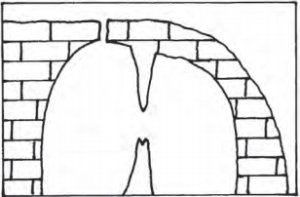
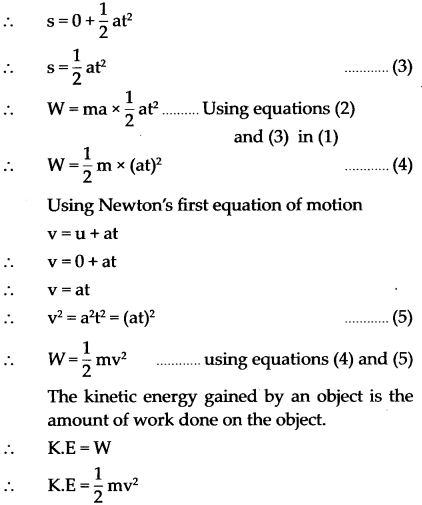
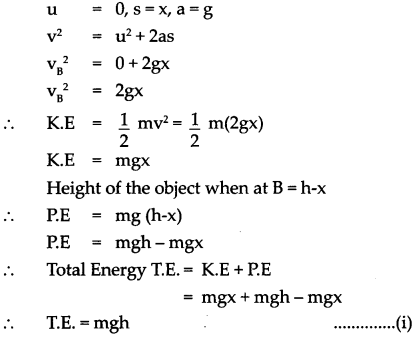
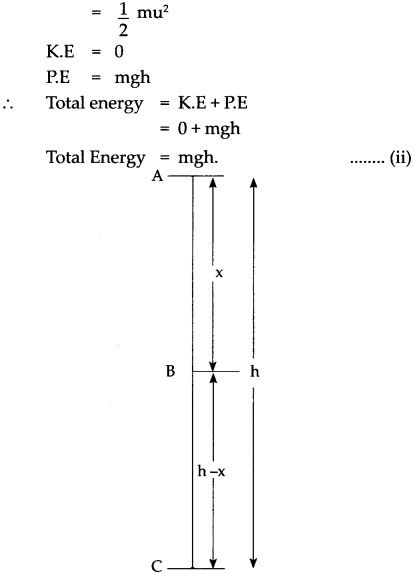
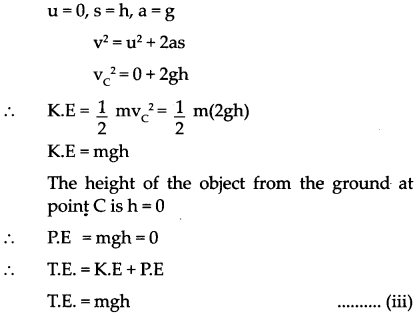

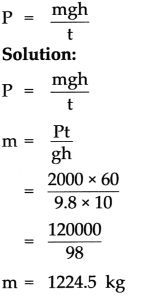
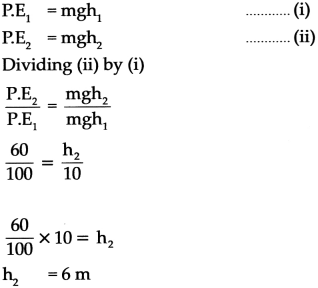
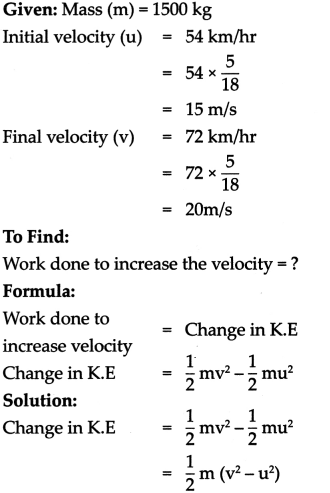



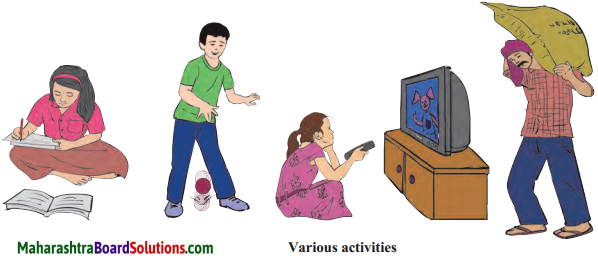
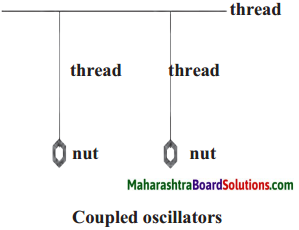
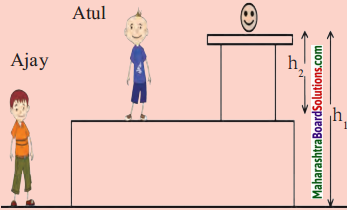
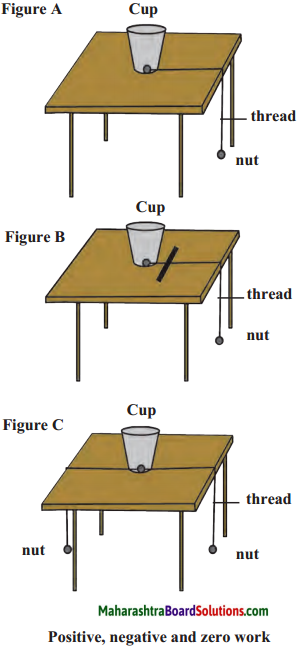
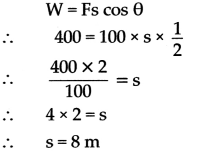
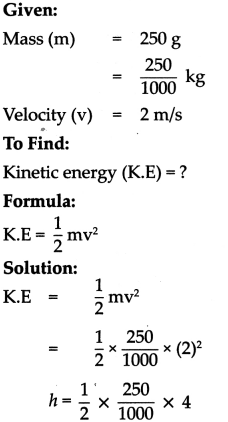

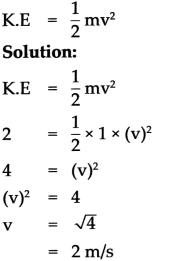
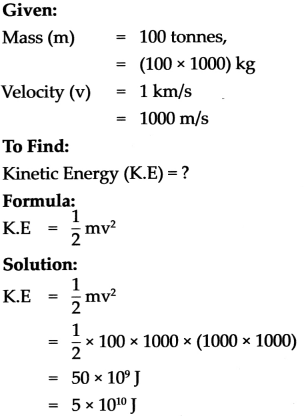

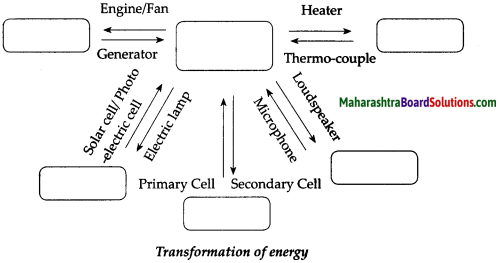
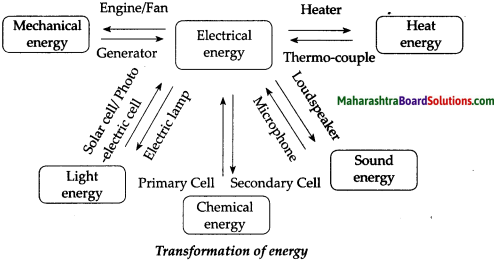

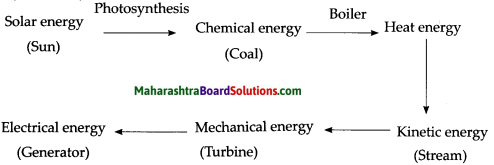
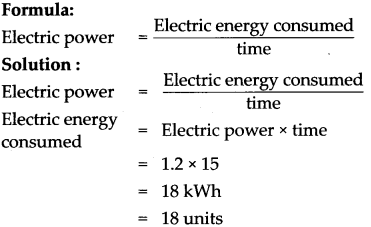


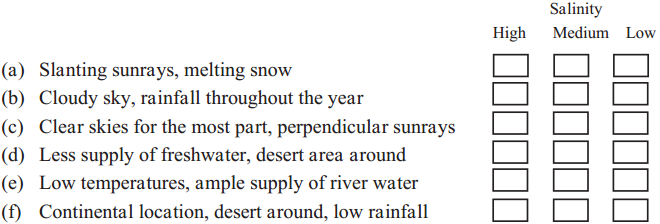


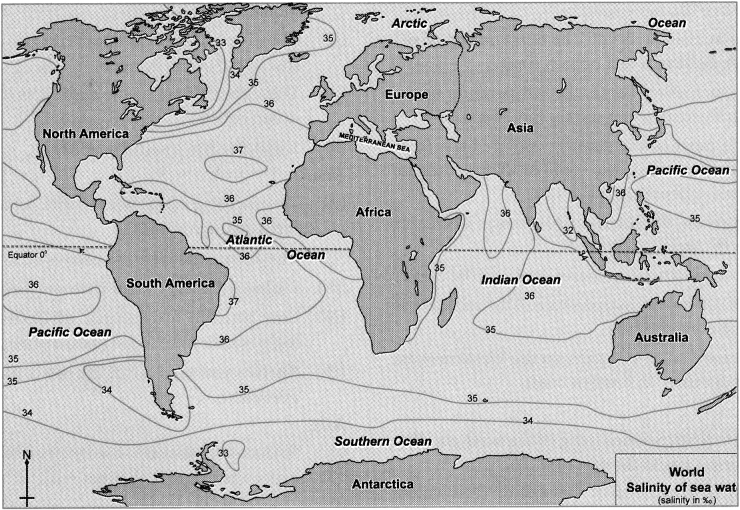
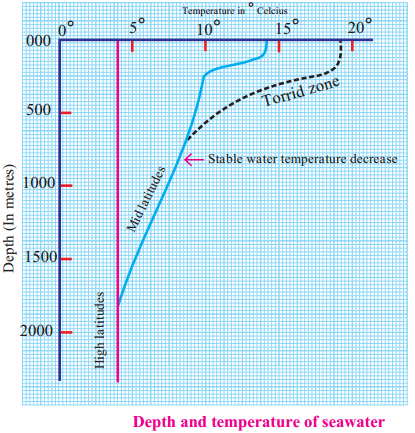
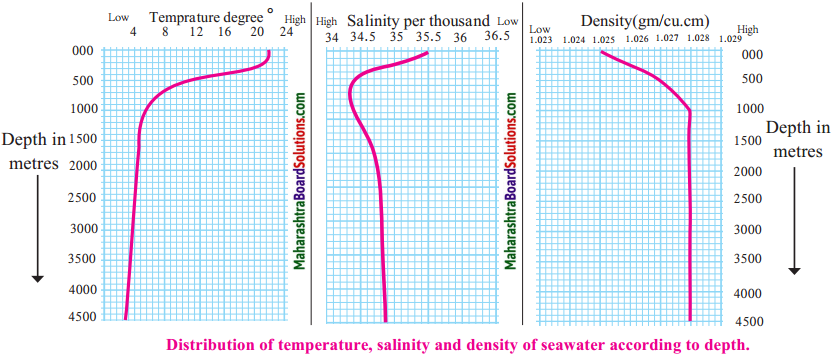

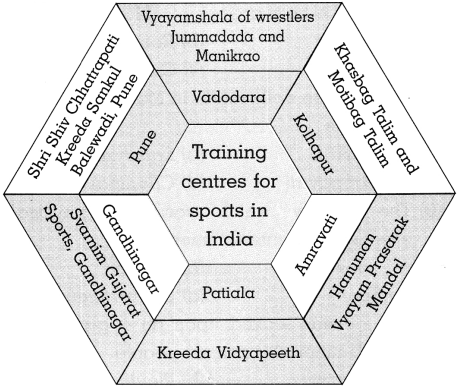
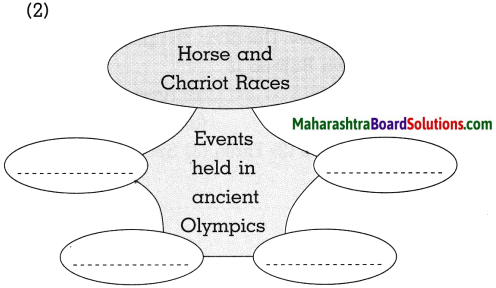
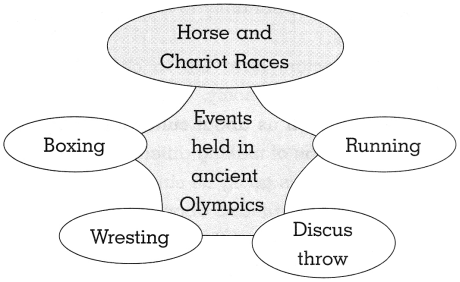
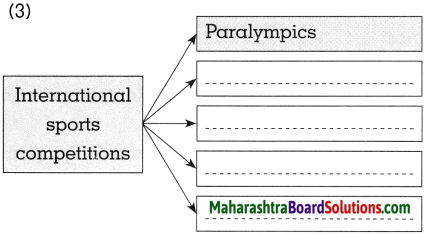
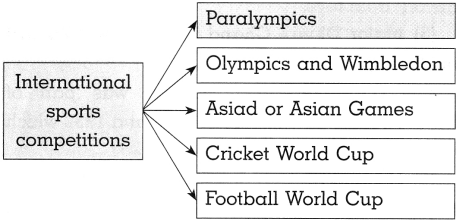
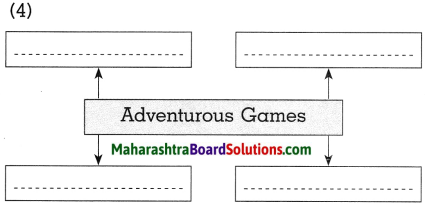

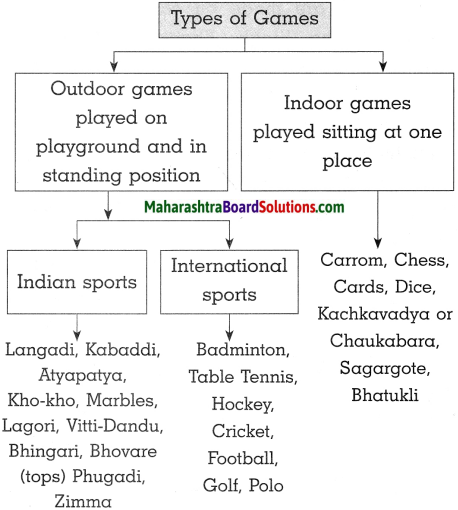


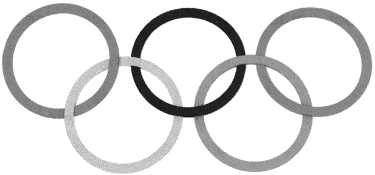

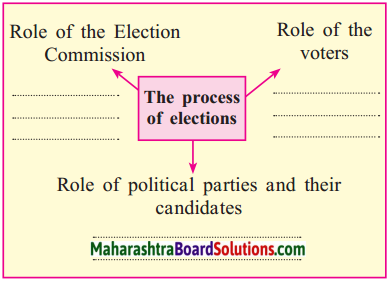
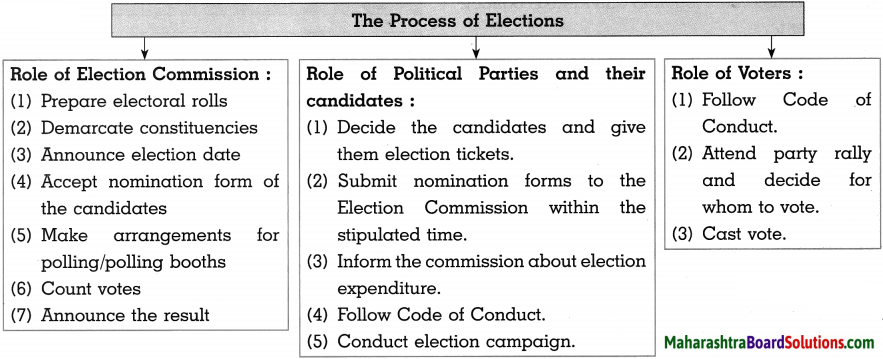
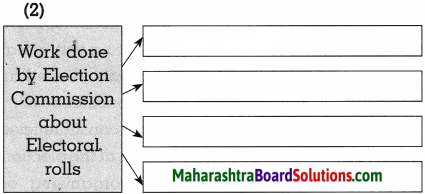
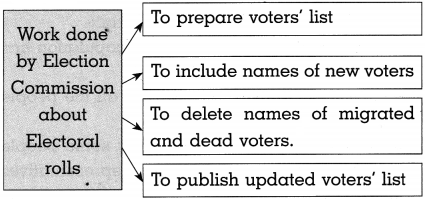
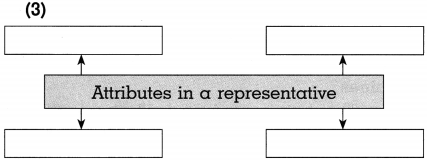
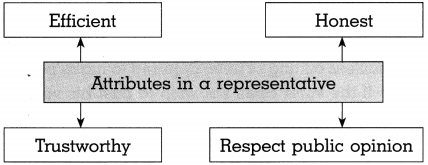
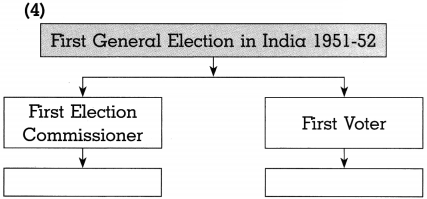
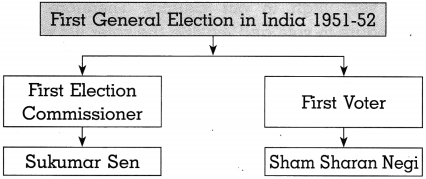
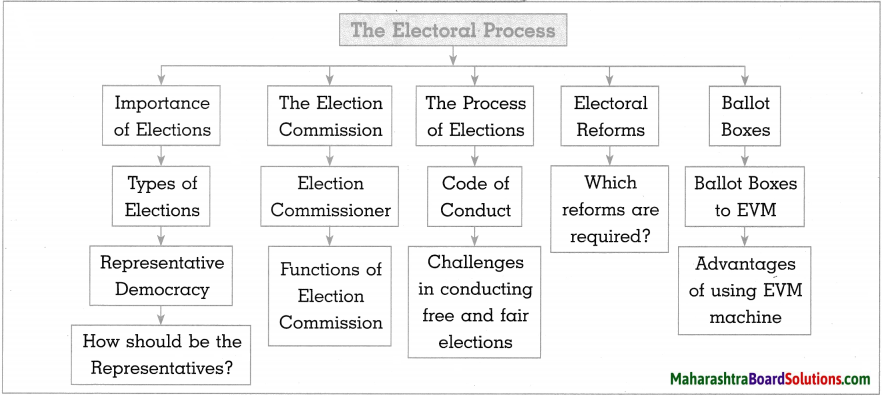
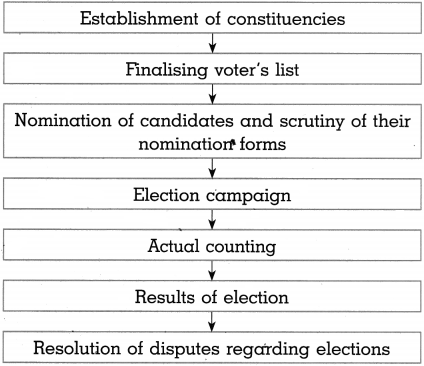

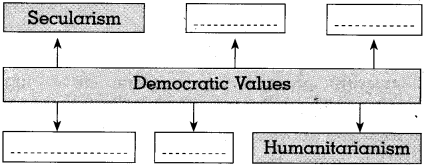 Answer:
Answer: 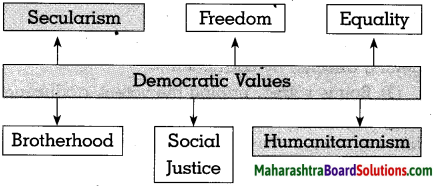 (2)
(2) 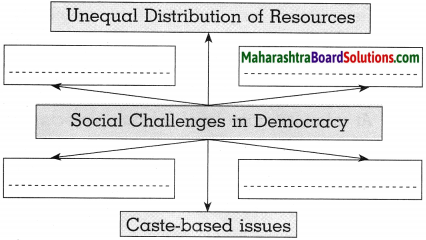 Answer:
Answer: 
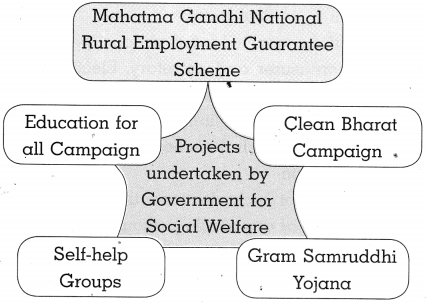 Asnwer:
Asnwer: 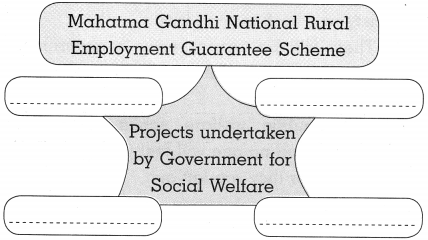 (4)
(4) 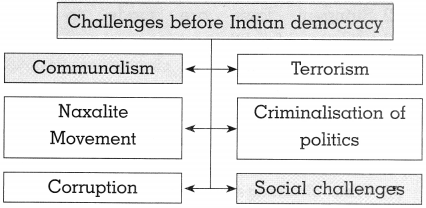 Answer:
Answer: 